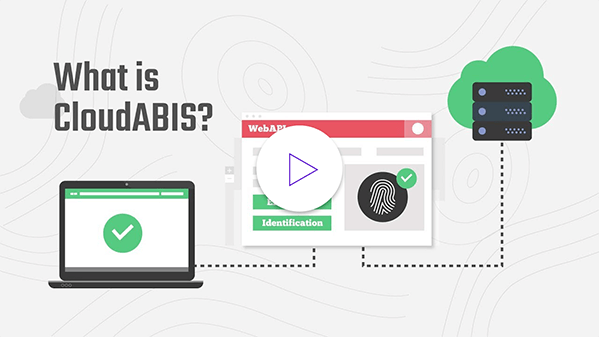How to Seamlessly Integrate Outsourced Customer Support Into Your SaaS CRM Workflow
Bringing in outsourced customer support can be a game-changer for SaaS businesses. It frees up your team, cuts costs, and lets you zero in on improving your product. But outsourcing doesn’t mean losing the reins—you can still keep everything running like a well-oiled machine.
Your CRM is the glue that holds it all together, linking your internal team, your outsourced support, and your customers. When it’s set up right, communication stays clear, and your customers get a consistent experience.
Understand Your Current CRM Workflow
Before you hand anything over to an outsourced team, take a hard look at how your support process works now. How do tickets come in? How long does it take to close them? Who’s responsible for what?
Pinpoint where you need the most help. Maybe your team is drowning in repetitive questions, or you’re struggling to cover late-night support. Those are perfect tasks to offload to a partner.
Choose the Right Outsourced Support Partner
Choosing a support team for your SaaS isn’t just about finding someone to answer emails. If you’re looking to outsource SaaS customer service, you need a partner who gets the industry. But also a partner can sync up with your tools. Do they know your CRM already, or are they quick to learn? Have they worked with businesses like yours before?
Think about growth, too. Can they handle more work as your customer base expands? Do they offer support in the languages and regions you care about? The best partners feel like they’re part of your team, not just a hired hand.
Set Clear Expectations and SLAs
Outsourced support only clicks when everyone’s on the same page. Spell out service level agreements (SLAs) for things like how fast they need to respond or resolve issues. Make them specific, measurable, and realistic.
Also, clarify how to handle tricky situations. Who do they contact if a customer’s upset? Which tickets should they leave for your in-house team? Set these boundaries early and hold everyone to them.
Integrate Support Tools With Your CRM
Most support platforms play nicely with CRMs. They often have built-in integrations that make setup a breeze, keeping all customer data in one spot.
If your CRM doesn’t have a ready-made connection, tools like APIs can bridge the gap. The point is to ensure every ticket, note, and update flows into your CRM, so no one’s left guessing what’s going on.
Train and Onboard the Support Team
Even seasoned support agents need a proper onboarding to nail your way of doing things. They should know your product like the back of their hand and understand your brand’s voice.
Put together a solid training plan. Think screen recordings, FAQs, product walkthroughs—anything that makes it easy for them to hit the ground running. The more prep you do upfront, the smoother things will go.
Maintain Quality Assurance and Feedback Loops
Once the support team is rolling, don’t just set it and forget it. Regularly check their work. Are they responding to tickets the way you’d expect? Do they match the tone your customers know and love?
Lean on your CRM’s reporting tools to spot trends, like recurring complaints or spikes in tickets. Pass these insights along to the outsourced team so they can keep getting better.
Ensure Data Security and Compliance
Security is non-negotiable, even with outsourced help. Limit their CRM access to only what they need to do their job. No more, no less.
Make sure they’re up to speed on data privacy laws like GDPR or CCPA. Use your CRM’s audit logs to keep tabs on what they’re doing. This keeps your business and your customers safe.
Keep Communication Flowing
Your in-house and outsourced teams shouldn’t feel like they’re on different planets. Set up a shared Slack channel or schedule quick video calls to stay connected. A little face time can nip issues in the bud.
Keep the support team in the loop on changes, too. New feature drop? Price tweak? They need to know ASAP so they’re not caught off guard.
Final Thoughts
Blending outsourced customer support into your SaaS CRM workflow doesn’t have to be a headache. With the right approach, it can take a load off your shoulders.
Your CRM isn’t just a tool—it’s the hub of your support operation. When everyone’s working from the same playbook, your customers get quicker, better help. That’s a win for your team, your brand, and your bottom line.











